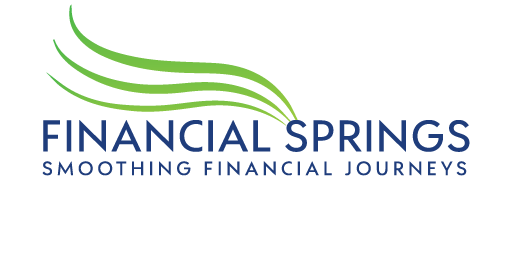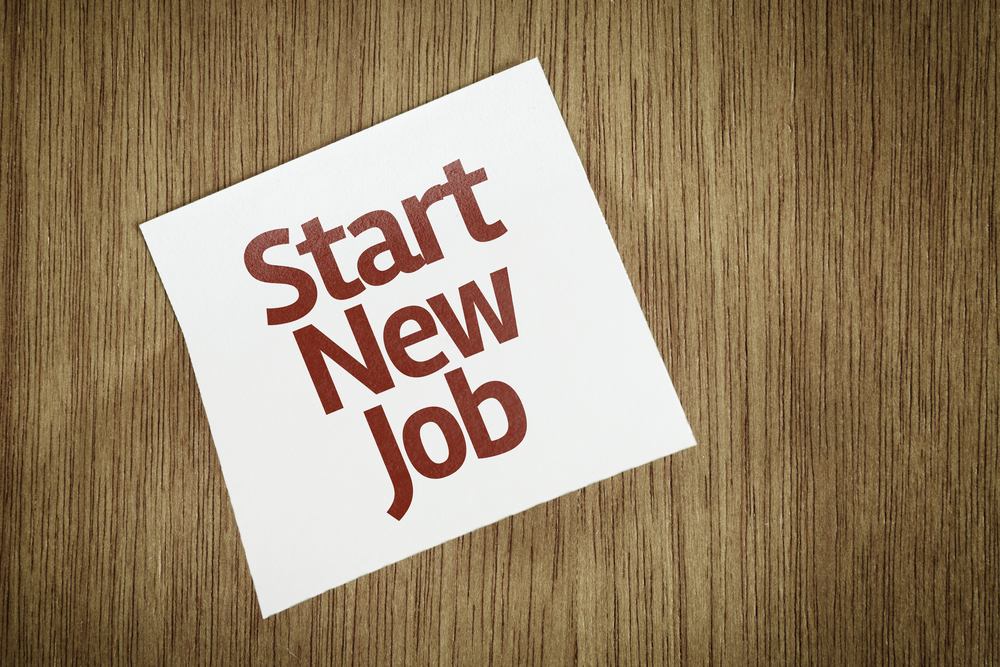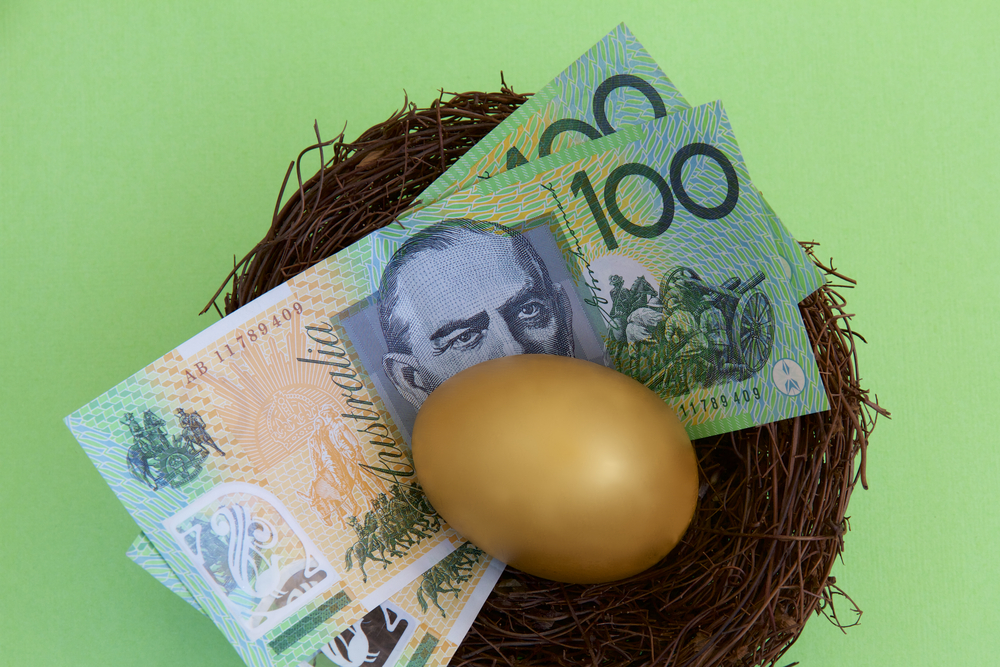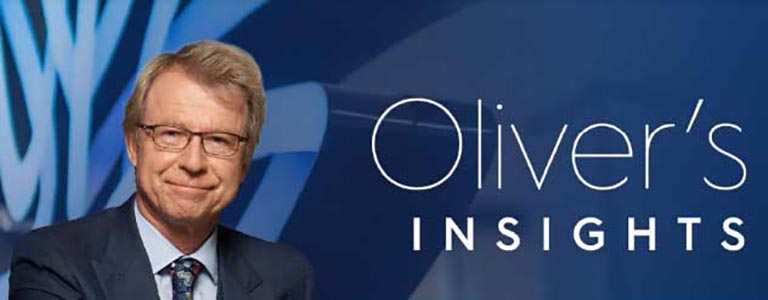Australian consumers have been saving rather than spending and a change in behaviour could complicate matters for the Reserve Bank, keeping interest rates higher for longer.
The minutes from the central bank’s May meeting confirmed a rate hike was a live consideration, with spending habits a key source of uncertainty.
Yet fears of “excessive fine-tuning” in a waning economy were the central arguments for no change to the cash rate in May, which is where the board ultimately landed.
The board’s wariness to react too hastily to hotter-than-expected March quarter inflation numbers has since been validated by a recent run of weaker wage, jobs and consumer spending data, which collectively point to a slowing economy.
Underscoring the case to hike in May, according to the minutes, was the possibility judgments underpinning new staff forecasts were “overly optimistic”.
Based on refreshed predictions, the RBA is still hoping to have inflation back within its two to-three per cent target range by late 2025.
Notably, staff forecasts put a lot of weight into the ongoing weakness of the consumer sector.
Yet there was a risk that spending could pick up by more than expected, were the job market to stabilise and household balance sheets improve.
Were a recovery in household spending to eventuate, alongside further growth in public demand and business investment, demand could be too strong and inflation could take longer to tame.
Commonwealth Bank senior economist Belinda Noble agreed the consumer sector was a risk to the interest rates outlook, especially in the context of upcoming tax cuts and other cost-of-living relief delivered by governments.
“Currently households are choosing to save, rather than spend,” Ms Noble wrote in a note.
Yet a stronger-than-expected consumer sector was unlikely to encourage another interest rate hike but rather delay cuts, the economist predicted.
Consumers are still deeply pessimistic and more likely to save rather than spend their upcoming tax cut relief, based on the latest sentiment survey by Westpac and Melbourne Institute.
Households planned to save around 80 per cent of the stage three tax cuts, the survey revealed.
Though Westpac senior economist Matthew Hassan warned plans were not set in stone, and “intentions to save may fall by the wayside once the boost to incomes appears”.
As well as the consumer sector, the RBA remains worried about a drift higher in inflation expectations or a failure to return to normal productivity growth trends.
Both were flagged as further risks to the inflation fight and possible reasons to jack the cash rate up further.
Keeping the cash rate steady was the “stronger” choice, however, and that was premised on the view that upside data surprises were not large enough to warrant more tightening.
“Importantly, inflation expectations remained well anchored,” the minutes stated.
“Given this, and the higher-than-usual level of uncertainty about the economic outlook, members judged that it remained reasonable to look through short-term variation in inflation to avoid excessive fine-tuning.”
AMP Australia chief economist Shane Oliver said the hurdle for another rate hike was high and cuts were likely to start in November or December.
He said there was a risk inflation stayed on the “high side” in coming months but overall, the economy was weak, the labour market was cooling, and price pressures were abating.
Poppy Johnston
(Australian Associated Press)





